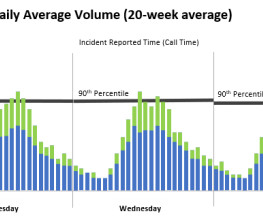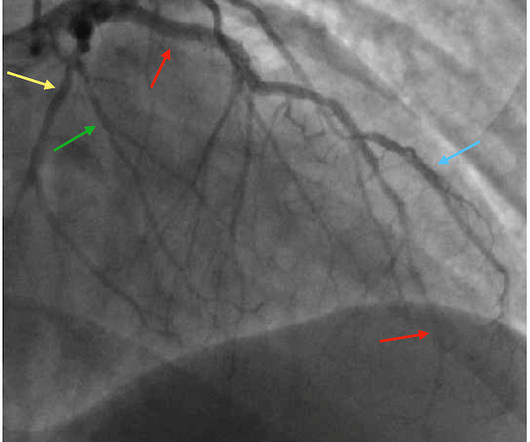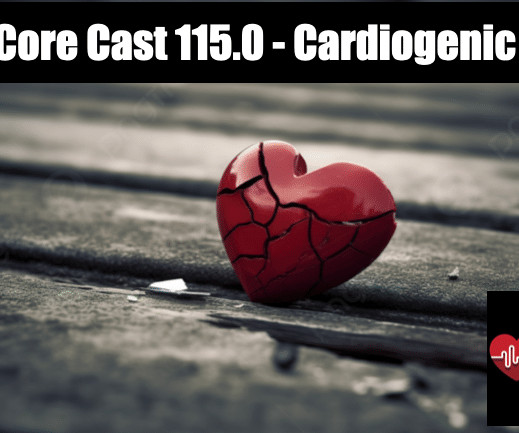Optimizing Demand Forecasts
High Performance EMS
DECEMBER 27, 2023
Improvement of your deployment operations requires that you understand where your services will be needed and how to get the available units into the most suitable positions. Then, once you are prepared to respond, it is also critical that only the most appropriate assignments are made for each request to preserve your ability to respond to the next call as well.












Let's personalize your content